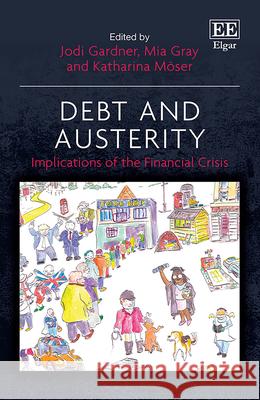Debt and Austerity: Implications of the Financial Crisis » książka
Debt and Austerity: Implications of the Financial Crisis
ISBN-13: 9781839104343 / Angielski / Twarda / 2020 / 360 str.
This book explores the complex interactions between debt and austerity, analysing the social, economic, and legal implications of governments' responses to the 2008 financial crisis. Demonstrating how the nature of debt for those on low incomes has changed radically over the last decade, the chapters provide insight into how structural inequality was exacerbated by changes in the redistributive state, the legal system, and the welfare system. The examination occurs on a number of levels and these issues are explored through the lens of power, place, and class. The authors utilize both international case studies and 'on the ground' experiences, reviewing the role of high cost credit, bailiffs, local governments, bankruptcy, and debt advice. Through the analysis of the nature and structure of debt in specific countries, it highlights important lessons for a global audience. This unique book offers a broad, multi-faceted insight into the issue of low-income debt which will greatly benefit academics in law, social policy, geography, and economics. Its focus on practical steps and potential reforms, as well as contributions from third sector organizations, will also interest practitioners, policymakers, and NGOs.











